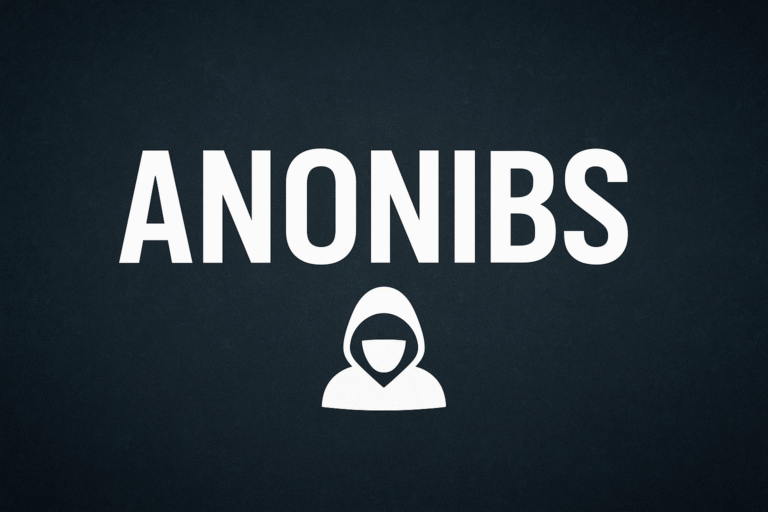
Inomyalgia, a chronic muscle pain condition, affects millions worldwide, disrupting daily life and well-being. Understanding inomyalgia—its causes, symptoms, and treatments—can empower those suffering to find relief and better manage their condition.
This expert guide aims to shed light on inomyalgia with clear, friendly, and comprehensive explanations. Whether you’re newly diagnosed or seeking updated insights, this article provides valuable knowledge and practical advice in a conversational tone.
What is Inomyalgia?
Inomyalgia is a medical term referring to chronic muscle pain and tenderness. This condition is closely related to fibromyalgia and shares many symptoms, including widespread muscle discomfort, stiffness, and fatigue. The keyword “inomyalgia” in this paragraph denotes the core focus on muscle pain that affects multiple regions of the body, often without visible injuries. Unlike localized muscle soreness, inomyalgia tends to persist and significantly impact quality of life.

People with inomyalgia often describe the pain as deep, aching, or throbbing, affecting muscles and sometimes nearby joints. Given its chronic nature, inomyalgia’s exact cause remains somewhat elusive, though research links it to abnormalities in pain processing within the central nervous system. This central sensitization results in heightened pain sensitivity, meaning normal stimuli are perceived as painful.
Symptoms and Signs of Inomyalgia
Inomyalgia presents with a range of symptoms that go beyond just muscle pain. Common signs include chronic muscle aches, tenderness in multiple muscle groups, stiffness upon waking, and generalized fatigue. People with inomyalgia often experience sleep disturbances, contributing to a cycle of pain and exhaustion.
The keyword “inomyalgia” helps us understand this condition’s complexity as it often involves cognitive challenges such as difficulty concentrating, sometimes referred to as “fibro-fog.” Emotional symptoms like anxiety and depression also frequently accompany inomyalgia, underscoring the condition’s broad impact on mental and physical health.
Causes and Risk Factors of Inomyalgia
The causes of inomyalgia are multifaceted and still under study, but central nervous system dysregulation is a primary suspect. Genetics, physical or emotional trauma, infections, and autoimmune conditions like rheumatoid arthritis can trigger or exacerbate inomyalgia. While it’s not classified as an autoimmune disease, inomyalgia often coexists with disorders that affect the immune system.
Understanding the keyword “inomyalgia” here helps clarify these contributory factors and highlights that no single cause fits all patients. Lifestyle and environmental factors, including stress and sedentary behavior, may also worsen inomyalgia symptoms, emphasizing the importance of holistic treatment approaches.
Diagnosing Inomyalgia: What to Expect
Diagnosing inomyalgia involves a thorough clinical evaluation, as no definitive lab test confirms the condition. Doctors rely on patient history, physical exam findings of muscle tenderness, and exclusion of other potential causes like infections or arthritis. Diagnostic criteria, similar to those used for fibromyalgia, help guide healthcare providers in identifying inomyalgia.

The keyword “inomyalgia” is central to understanding this diagnostic process, as awareness of symptom patterns and trigger points is critical. Typically, symptoms must be present for at least three months to consider an inomyalgia diagnosis, and ruling out other diseases is essential to avoid misdiagnosis.
Treatment Strategies for Inomyalgia
Treating inomyalgia usually requires an integrative approach combining medication, lifestyle changes, and supportive therapies. While no cure exists, symptom management is effective in improving patients’ quality of life.
Medications such as antidepressants, anticonvulsants, and pain relievers are commonly prescribed to address pain and associated symptoms. Physical therapy, regular low-impact exercise, and relaxation techniques like yoga or meditation are invaluable for reducing pain and enhancing mobility. Behavioral therapies, including cognitive-behavioral therapy (CBT), help manage the emotional and psychological effects of chronic pain.
Living with Inomyalgia: Tips and Lifestyle Adjustments
Managing inomyalgia day-to-day involves more than medication. Patients benefit from pacing activities to avoid pain flares, maintaining a balanced diet, and fostering a strong support network. Stress management techniques are essential, given how stress can exacerbate inomyalgia symptoms.
The keyword “inomyalgia” highlights the importance of self-care routines tailored to individual needs. Techniques such as gentle stretching, regular physical activity, and adequate sleep hygiene improve resilience against the chronic discomfort of inomyalgia.
More Read About Health: Nitos Lazy: Riveting Tale of Revenge and Power in a Fantasy World
Related Conditions and How Inomyalgia Compares
Inomyalgia is often confused with other chronic pain conditions like fibromyalgia or myofascial pain syndrome. While these conditions share overlapping symptoms, they differ in diagnostic criteria, affected tissues, and treatment approaches. The comparison table below outlines key differences.
| Feature | Inomyalgia | Fibromyalgia | Myofascial Pain Syndrome |
| Main Symptom | Chronic muscle pain | Widespread pain, fatigue | Trigger point pain, muscle knots |
| Pain Distribution | Multiple muscle groups | Widespread, includes joints | Localized to specific muscles |
| Associated Symptoms | Fatigue, sleep disturbance | Cognitive issues, IBS, mood disorders | Restricted movement, muscle stiffness |
| Cause | Central sensitization, trauma | Central pain processing abnormalities | Muscle overuse, injury |
| Treatment Focus | Medication, therapy, lifestyle | Multimodal including meds & therapy | Physical therapy, trigger point release |
This comparison helps clarify where inomyalgia fits among similar disorders and guides appropriate management.
Powerful Quotes on Inomyalgia and Chronic Pain Management
- “Living with inomyalgia is a journey of understanding your body and advocating for your well-being every day.” — Pain Management Expert
- “Treatment success in inomyalgia lies not in a cure but in empowering patients to reclaim control over their pain and life.” — Rheumatologist
- “While the pain of inomyalgia is real, hope and resilience are stronger allies in managing this chronic condition.” — Patient Advocate
Conclusion
Inomyalgia is a challenging chronic muscle pain disorder with wide-ranging physical and emotional effects. Though its causes are complex and multifactorial, understanding the condition and adopting a personalized treatment approach can significantly improve quality of life. From medication and therapy to lifestyle modifications, effective management of inomyalgia empowers patients to live fuller, more comfortable lives. Awareness and education remain key to advancing care and support for those affected by inomyalgia.
Frequently Asked Questions (FAQ)
What exactly is inomyalgia?
Inomyalgia is a chronic muscle pain condition characterized by widespread muscle tenderness, fatigue, and sometimes cognitive difficulties, similar to fibromyalgia but distinct in symptom patterns.
How is inomyalgia diagnosed?
Diagnosis is based on clinical evaluation, symptom history exceeding three months, physical examination for muscle tenderness, and ruling out other medical conditions.
Can inomyalgia be cured?
Currently, inomyalgia has no cure, but symptoms can be managed effectively with medications, lifestyle changes, and supportive therapies to improve daily functioning.
What treatments work best for inomyalgia?
A combination of medications, physical therapy, exercise, and cognitive therapies provides the best symptom relief for inomyalgia, tailored to each patient’s needs.
Are there any lifestyle changes recommended for inomyalgia patients?
Yes, pacing activities, stress management, regular low-impact exercise, good sleep hygiene, and balanced nutrition are essential lifestyle modifications for managing inomyalgia.







